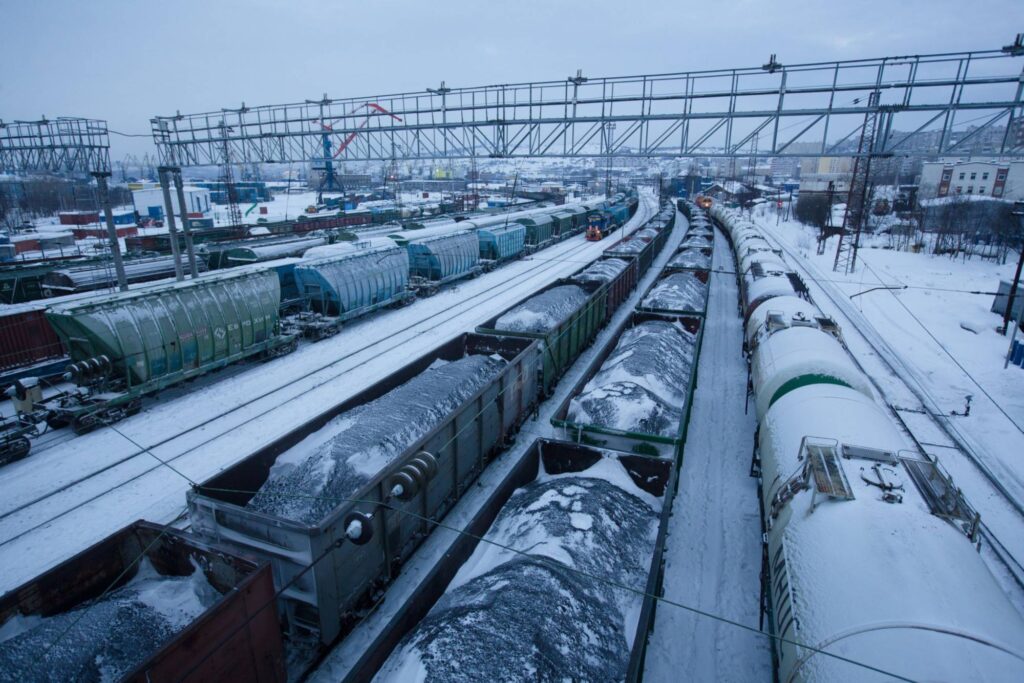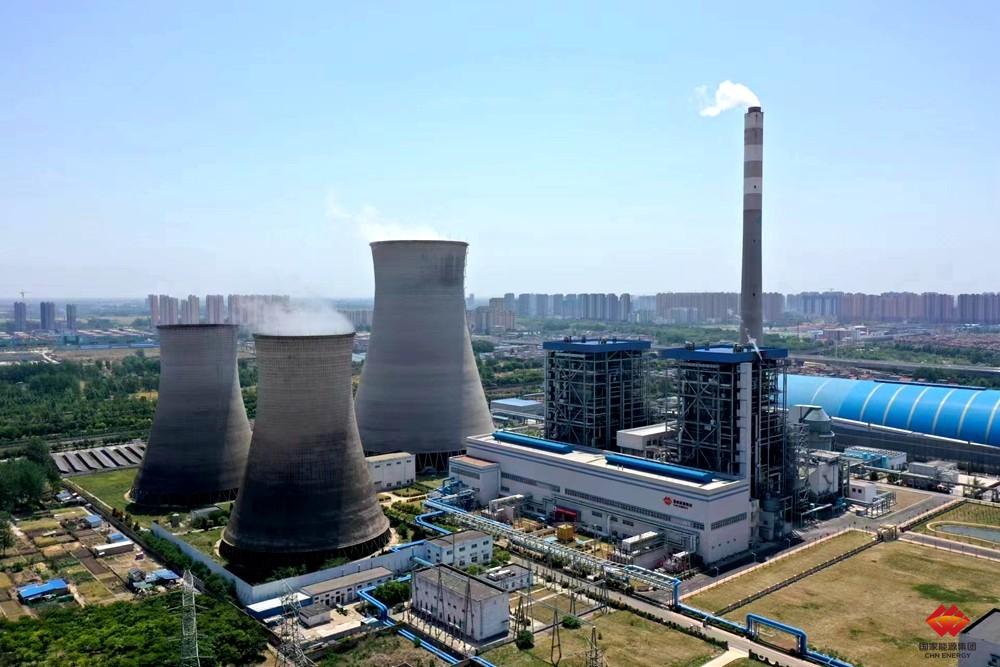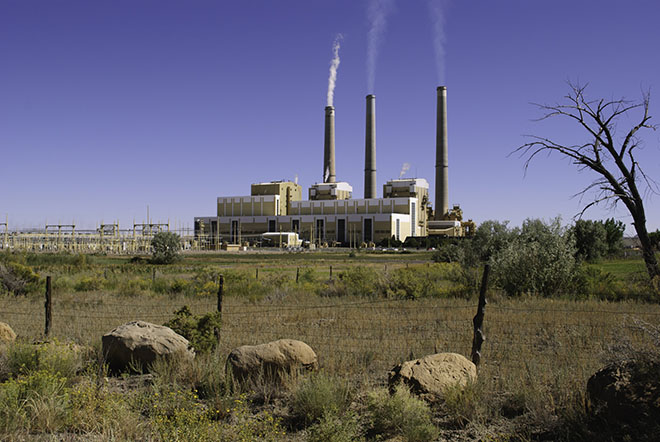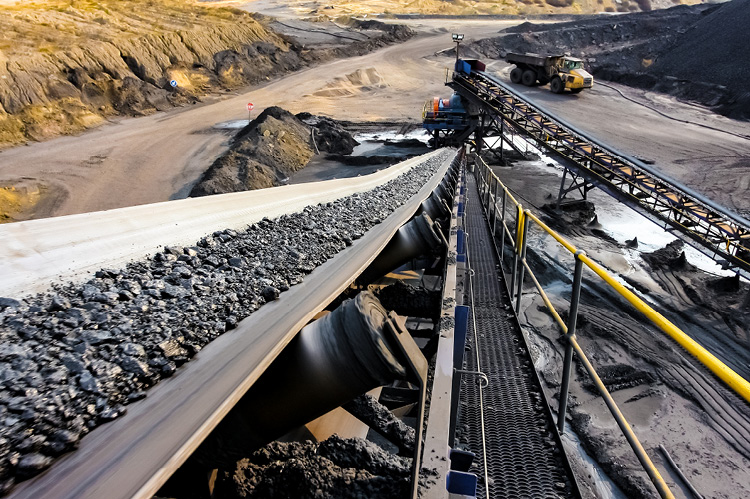With Indonesia’s 2024 thermal coal exports expected to upstage last year’s record feat of 508 million mt, factors such as Indonesia’s rising domestic demand, global efforts at reducing thermal coal usage and possible resource nationalism are unlikely to deter the country from its unyielding position as the world’s largest coal exporter.
Indonesia has set a coal production target of 710 million mt for 2024, according to industry sources, with domestic market supplies seen at a minimum 181.28 million mt while consumption likely higher. Nevertheless, this along with forecasts of higher domestic power consumption, a decline in seaborne coal demand and an increase in nickel production are unlikely to keep a lid on Indonesian exports.
“Around 450 million mt of coal will remain for global consumption and assuming seaborne demand falls 5%-7% every year, it will take nearly two decades for coal to get out of the system,” an Indonesia-based miner said. “Moreover, there’s no country in this world currently with such a huge export capacity.”
Indonesia’s nickel production is projected to increase this year, government officials said, with several new smelters starting operations after the country contributed to nearly half of global output when it produced 1.8 million mt in 2023. Since Indonesia frequently incorporates coal in its production of nickel, either as a direct reductant or for captive power generation, nickel production has become a significant factor driving coal demand.
“The demand for coal by nickel smelters are on a continuous rise. By the end of this year, the total supply of thermal coal to smelters will be close to 70 million mt and we are expecting at least 10 million-15 million mt more for the upcoming year,” an Indonesia-based miner said.
Moreover, according to the country’s energy ministry, or ESDM, Indonesia’s electricity demand is expected to grow with the start up of 35,000 MW of new steam power plant projects. In 2024, domestic electricity consumption is targeted to reach 1,408 kWh/capita, from around 1,285 kWh/capita in 2023 and 1,173 kWh/capita in 2022. The ESDM in December 2023 auctioned four new coal mining blocks — two in Kalimantan and two in Sumatra.
The International Energy Agency’s electricity analysis and forecast for 2024-2026 expected Indonesia’s coal-fired generation to increase by around 5% in this period and maintain a steady share in the electricity generation mix. All put together, the IEA projected Indonesia’s domestic demand to reach 284 million mt by 2026, up from less than 200 million mt in 2024.
Considering the average decline per year in global coal consumption, countries including Australia with around 200 million mt export capacity, Russia with 150 million-170 million mt capacity and South Africa with 50 million-70 million capacity will not be spared, industry sources said. But this will still keep Indonesia at the top.
Resource nationalism, which refers to a government’s assertion of control over a country’s natural resources, appears to be on the rise for metals in Indonesia. Miners believe the country is unlikely to move aggressively towards nationalizing several of its key coal producers given that export revenue from coal is one of the highest among other commodities.
Indonesia’s advantage
Indonesia is the sole exporter of low CV thermal coal ranging from 3,400 kcal/kg GAR to 4,200 kcal/kg GAR, grades with low ash and low sulfur content, making it a preferred choice for importers across Asia. But more so for the world’s two largest importers China and India as they have yet to show signs of reducing coal consumption amid a lack of renewables and gas-based generation growth, have a heavy dependence on coal and longer net zero targets of 2060 and 2070, respectively.
According to market participants, the blend of competitive prices and geographical proximity is projected to enable Indonesia to sustain its coal exports even as prices decline.
“A rise in capital expenditure or inflation are recurring issues but that cannot stop coal miners from producing. They can try to project a supply constraint to hold prices but if you compare the thermal coal prices today with that of three years back, even at these prices, exports will be more profitable to miners,” an India-based trader said.
Asian thermal coal prices have been under pressure since the start of 2023 as suppliers from across the globe flocked to Asia in a quest for buyers amid healthy stockpiles in Europe due to a lower coal-burn.
The Platts-assessed FOB Kalimantan 4,200 kcal/kg GAR averaged at $63.05/mt in 2023, S&P Global Commodity Insights data showed, sliding down from $90/mt at the start of the year to $58/mt by the end. This led to more exports in the third and fourth quarters compared with the earlier two quarters as buyers made the best of falling prices. Platts assessed the grade at $57.05/mt FOB Feb. 7, down from $58.15/mt FOB at the start of the new year.
In the latest International Thermal Coal Market Forecast report, analysts at S&P Global expected FOB Kalimantan 4,200 kcal/kg GAR to range between $59.15/mt and $54.91/mt through 2024 due to subdued demand from major consumers like China and India.
Apart from prices, the duration to transport coal from Indonesia to China and India is considerably shorter compared with other loading regions. This geographical advantage enables Indonesian exporters to secure spot deals for urgent shipments more effectively.
“The domestic market cannot absorb even half of what Indonesia produces. If prices continue to fall, small miners will be priced out of the market but Indonesia will still continue to be one of Asia’s largest exporter,” said Pat See Khoo, senior analyst at S&P Global.









